Sauvignon Blanc and Sancerre are two esteemed wines that have captivated wine enthusiasts around the world. These two white wines, although both made from the Sauvignon Blanc grape, showcase distinct flavors and characteristics that set them apart from one another.
While Sauvignon Blanc hails from various regions across the globe, Sancerre is a specific appellation within France’s Loire Valley. As we delve into the nuances of these wines, we will unravel their unique personalities and explore how terroir, winemaking techniques, and regional influences contribute to their contrasting profiles. So grab a glass and join us on this delightful journey through Sauvignon Blanc versus Sancerre!
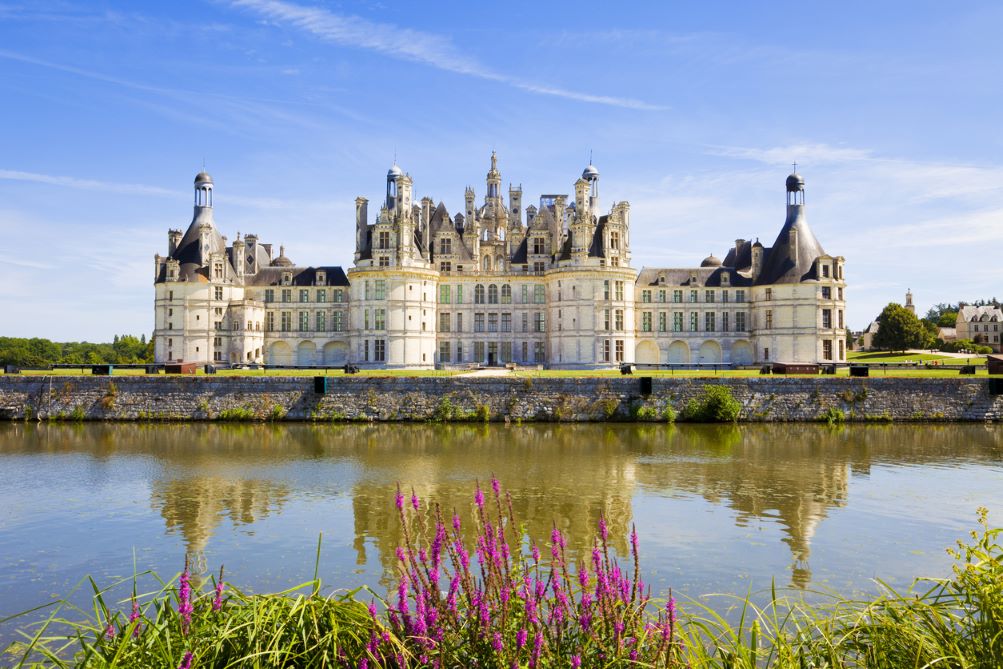
Difference of Sauvignon Blanc vs Sancerre Wine
Sauvignon Blanc and Sancerre are two popular wines that are often compared to each other due to their similarities in taste and flavor profile. However, there are some key differences that set them apart.
One of the main differences between Sauvignon Blanc and Sancerre lies in their origin. Sauvignon Blanc is a grape variety that can be grown in various regions around the world, such as New Zealand, California, and South Africa. On the other hand, Sancerre is a specific appellation located in the Loire Valley region of France. This distinction gives Sancerre an added level of prestige and exclusivity.

Another notable difference between these two wines is their flavor profile. While both Sauvignon Blanc and Sancerre share characteristics of being bright, crisp, and refreshing, they have distinct nuances. Sauvignon Blanc from New Zealand tends to be more tropical and fruity with notes of passion fruit and citrus. Sancerre leans towards a more mineral-driven flavor profile with hints of flinty undertones. These unique flavors make for an interesting tasting experience for wine enthusiasts seeking something different.
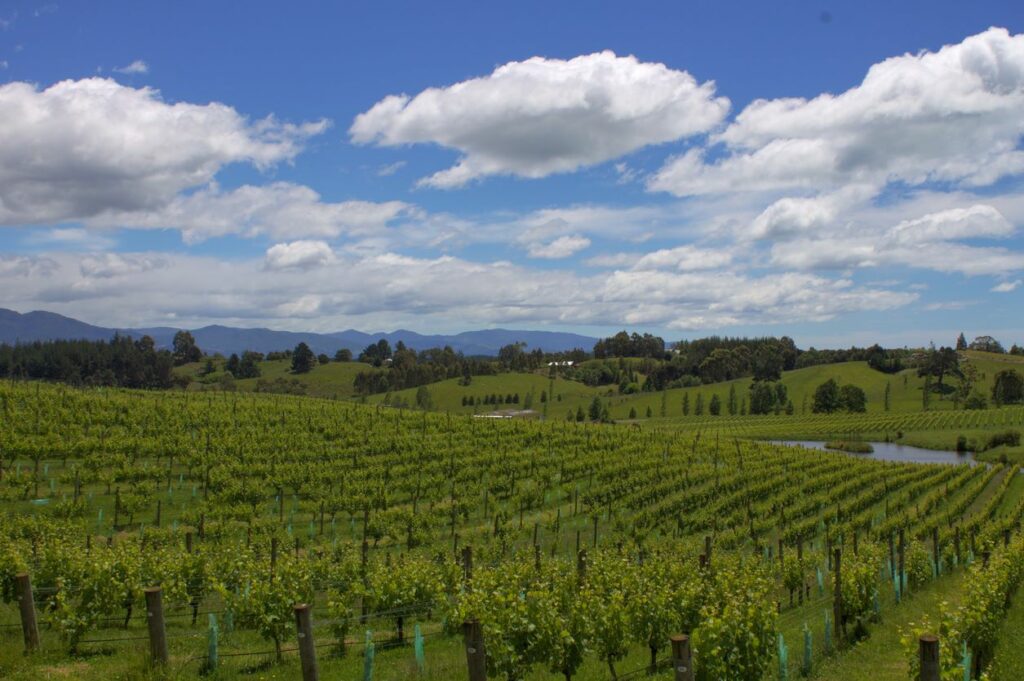
In summary, while Sauvignon Blanc shares some similarities with Sancerre in terms of taste and style, it is important to note the distinctions that set them apart. The origin and terroir play a significant role in shaping their respective flavors. The result is a unique experiences for wine lovers who appreciate diversity within this grape variety’s expressions.
Understanding Sancerre Wine
Sancerre wine is a white wine that hails from the Loire Valley in France. It is made primarily from Sauvignon Blanc grapes, which are known for their vibrant acidity and citrusy flavors. Sancerre wines are prized for their elegant and crisp taste, making them a popular choice among wine enthusiasts.
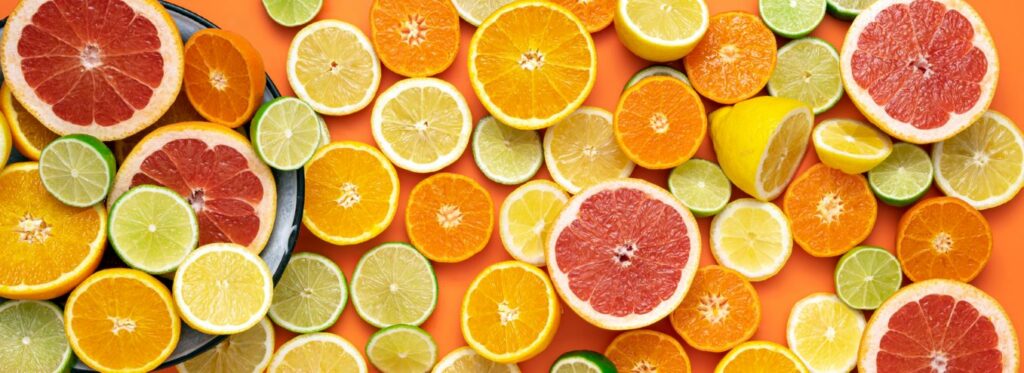
What sets Sancerre wine apart from other Sauvignon Blancs is its unique terroir. The region’s limestone-rich soil imparts distinct mineral qualities to the wines, giving them a lively and flinty character. These characteristics, coupled with the cool climate and winemaking techniques such as stainless steel fermentation, result in wines that are refreshing and vibrant but also complex.
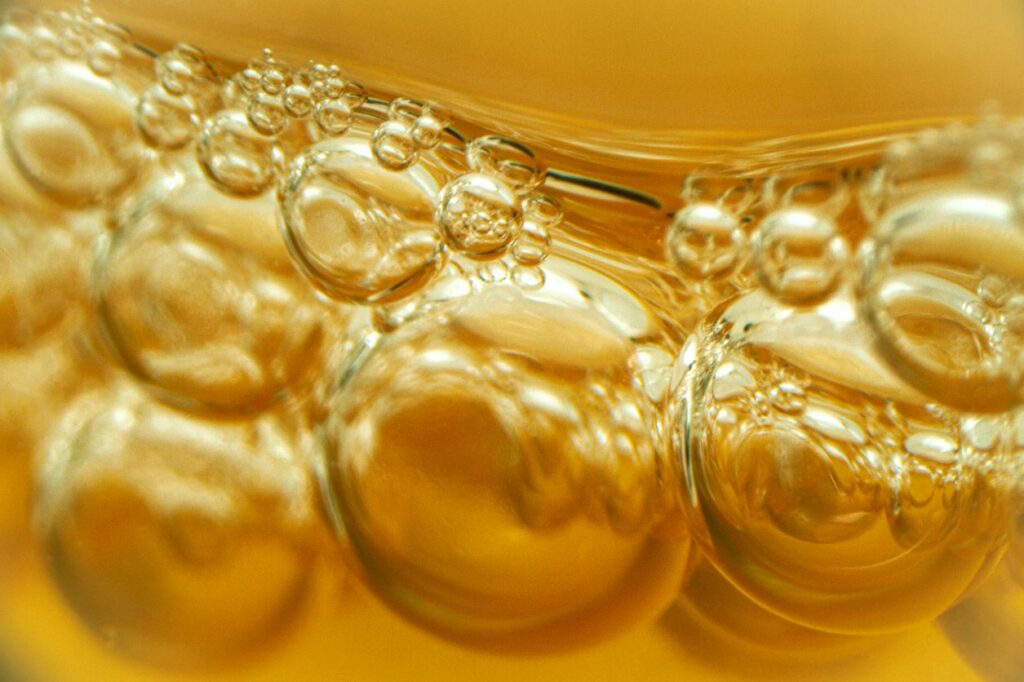
Sancerre pairs effortlessly with seafood dishes, salads, and fresh goat cheese due to its zesty acidity and herbaceous undertones. Its charm lies in its ability to encapsulate both simplicity and complexity in one sip. Whether you’re savoring a glass on a warm summer evening or seeking a bright yet nuanced companion to your meal, Sancerre offers an alluring experience that few wines can match.
Foodpairing of Sauvignon Blanc vs Sancerre
When it comes to food pairing, Sauvignon Blanc and Sancerre each bring their own unique characteristics to the table. Sauvignon Blanc is known for its crisp acidity and vibrant flavors that often include notes of citrus, tropical fruits, and grass. This makes it an excellent choice for lighter fare such as seafood, salads, and fresh cheeses. In contrast, Sancerre offers a more complex expression of Sauvignon Blanc with delicate floral aromas and a mineral-driven palate. Its refined elegance pairs beautifully with dishes like goat cheese tartlets, grilled vegetables, and roasted chicken.
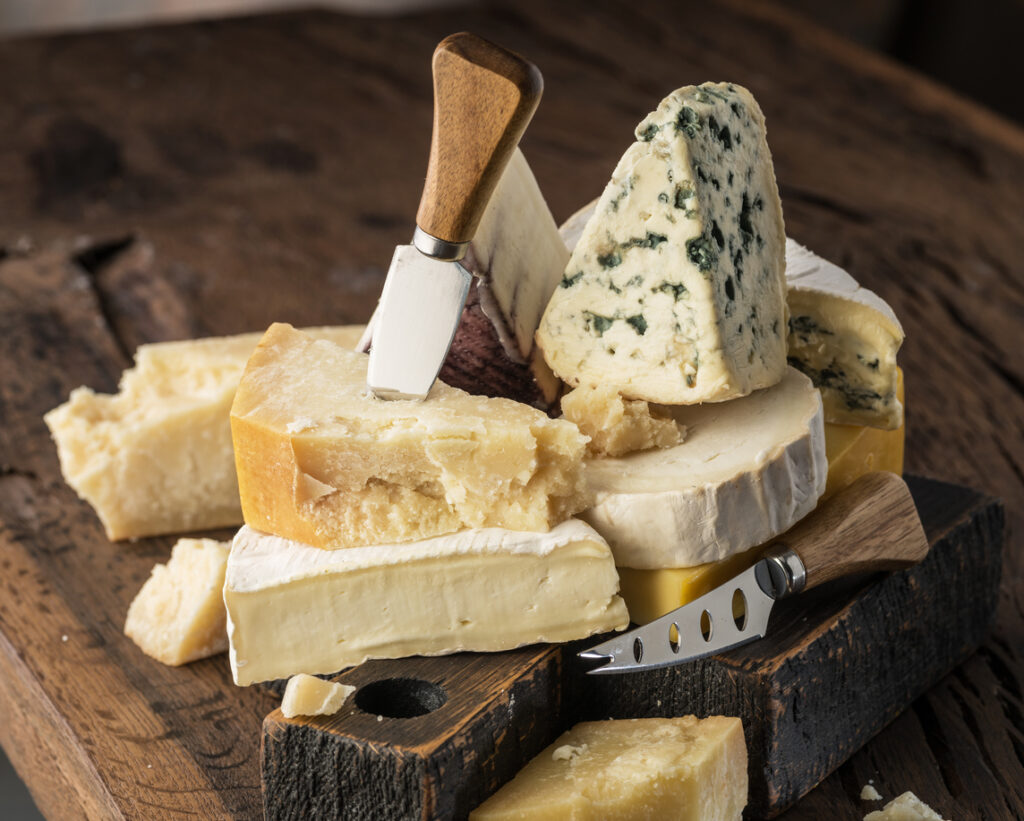
While both wines are made from the same grape variety, their terroir plays a significant role in shaping their flavors profiles. Sauvignon Blanc from warmer climates tend to exhibit riper fruit flavors. These are melon and peach aroma while retaining their characteristic zesty acidity. On the other hand, Sancerre hails from the Loire Valley in France. The limestone-rich soils lend it an unmistakable flinty character. This minerality adds depth to the wine’s overall structure and enhances its ability to complement food.
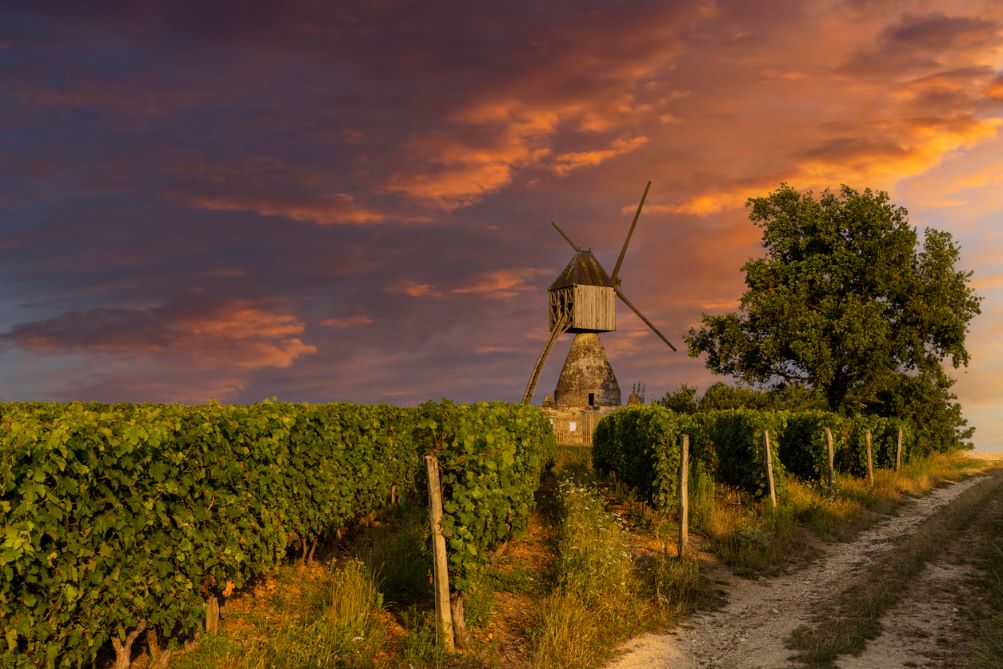
In conclusion, while both Sauvignon Blanc and Sancerre offer delightful expressions of the same grape variety, they make distinct statements on your palate when paired with food.
Loire wine regions similar to Sancerre
While Sancerre may be the most famous of the Loire Valley wine regions, there are other areas worth exploring for those seeking similar characteristics. One such region is Pouilly-Fumé, located just across the river from Sancerre. Like its neighbor, Pouilly-Fumé is renowned for its crisp and aromatic Sauvignon Blanc wines. However, what sets it apart is its unique smoky and flinty notes that come from the region’s distinct terroir. These qualities make Pouilly-Fumé an excellent alternative for those who appreciate a similar style to Sancerre but with a subtle twist.
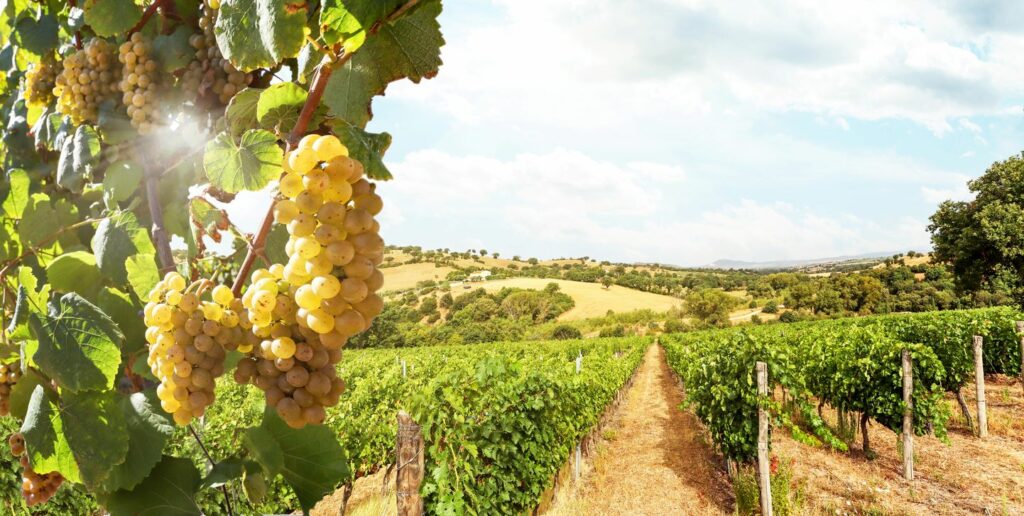
Another Loire Valley wine region that shares similarities with Sancerre is Menetou-Salon. Situated in close proximity to Sancerre and sharing comparable soil types, Menetou-Salon produces equally vibrant and mineral-driven Sauvignon Blanc wines. The location’s slightly cooler climate results in wines with crisp acidity and delicate fruit flavors. These are reminiscent of their renowned counterpart across the river. Menetou-Salon offers an opportunity for wine enthusiasts to discover another hidden gem within the Loire Valley. At the same time staying true to their love for Sancerre’s distinctive style.
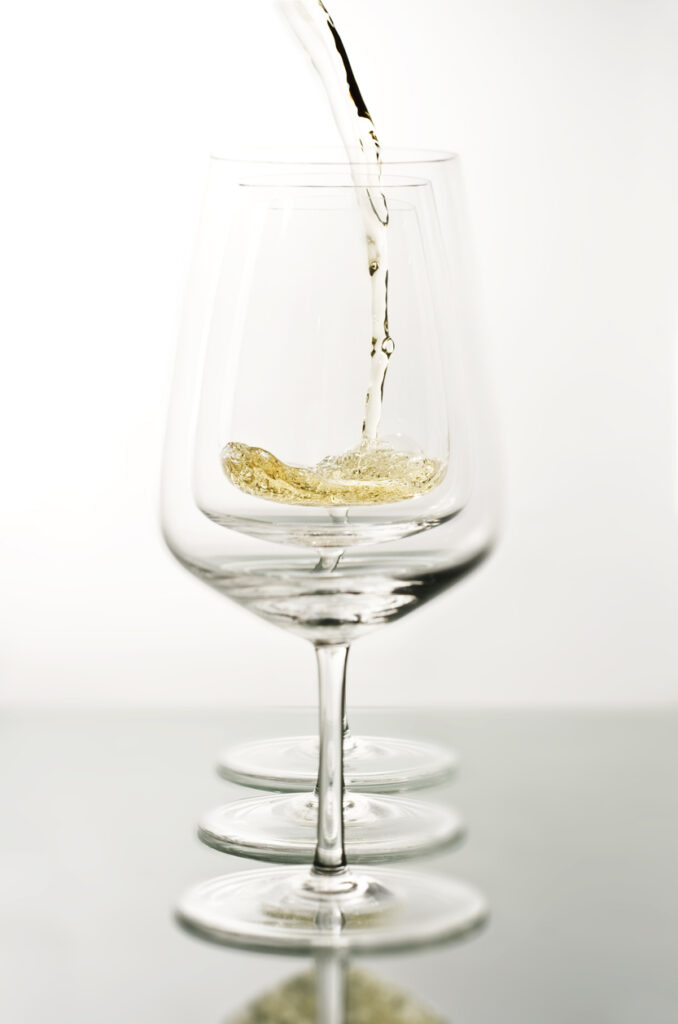
Despite being overshadowed by its more famous sibling, Sancerre, these lesser-known Loire wine regions offer an enticing alternative for wine lovers. Especially if you are seeking something different yet familiar in terms of taste profiles and terroir influences.
Best value for money Sauvignon Blanc Loire wine regions
The breathtaking wine regions of the Loire Valley in France are known for producing some of the finest Sauvignon Blanc wines. They are reminiscent of the beloved Sancerre. While Sancerre might be on every wine enthusiast’s bucket list, there are several other hidden gems in the Loire region. These wines offer comparable quality at a fraction of the price.

One such region is Menetou-Salon, located just a stone’s throw away from Sancerre. Here, winemakers craft elegant and vibrant Sauvignon Blancs that showcase a similar minerality and mouthwatering acidity as their renowned neighbors. With its limestone soils and cool climate, Menetou-Salon produces wines that burst with citrusy flavors and delicate floral aromas, all at a more affordable price point.

Another underrated Loire Valley appellation worth exploring is Quincy. As one of the oldest vineyards in France, Quincy has a rich history in winemaking dating back to Roman times. The Sauvignon Blancs produced here boast an intensity and depth comparable to Sancerre but come with a smaller price tag. Expect crisp green apple flavors balanced by zesty acidity and an alluring herbaceousness that makes this region truly stand out.
In conclusion, if you’re on the hunt for inexpensive yet exceptional alternatives to Sancerre’s Sauvignon Blancs, look no further than Menetou-Salon and Quincy in the Loire Valley.
How to serve Sauvignon Blanc vs Sancerre Wine
When it comes to serving sauvignon blanc and Sancerre, understanding their differences is essential. Both wines originate from France’s Loire Valley and share similarities in terms of grape variety (Sauvignon Blanc). They do have distinctive characteristics that should be taken into consideration when serving.
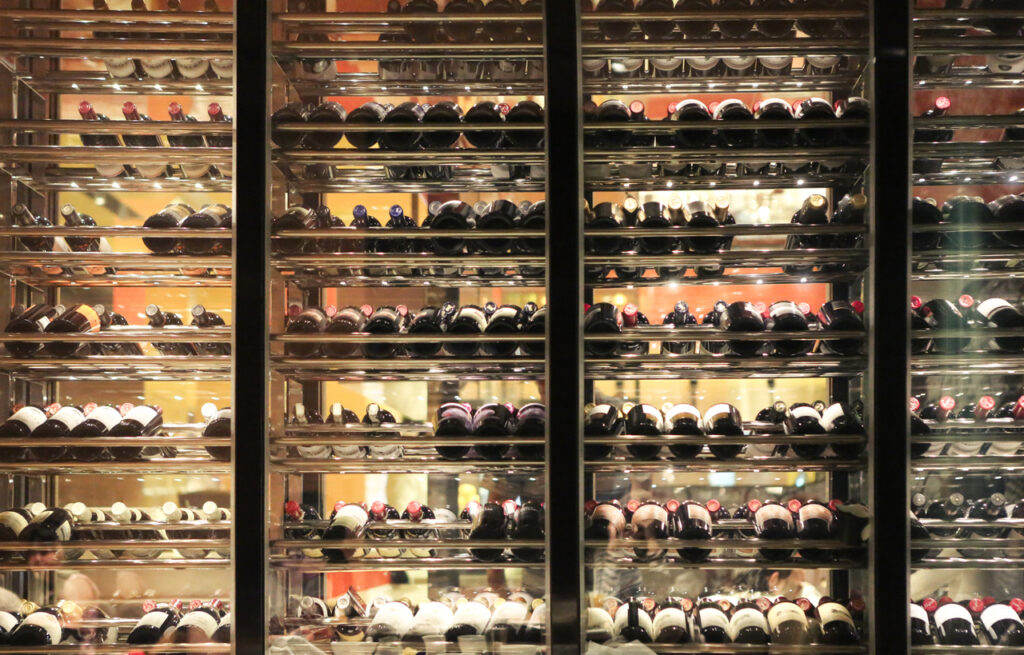
Sauvignon Blanc is known for its refreshing acidity, vibrant fruit flavors, and herbaceous undertones. To fully appreciate these characteristics, it is recommended to chill the wine between 45-50°F (7-10°C) before serving. This temperature helps enhance the crispness and brightness of the wine. Making it ideal for a hot summer day or as an aperitif before a meal.
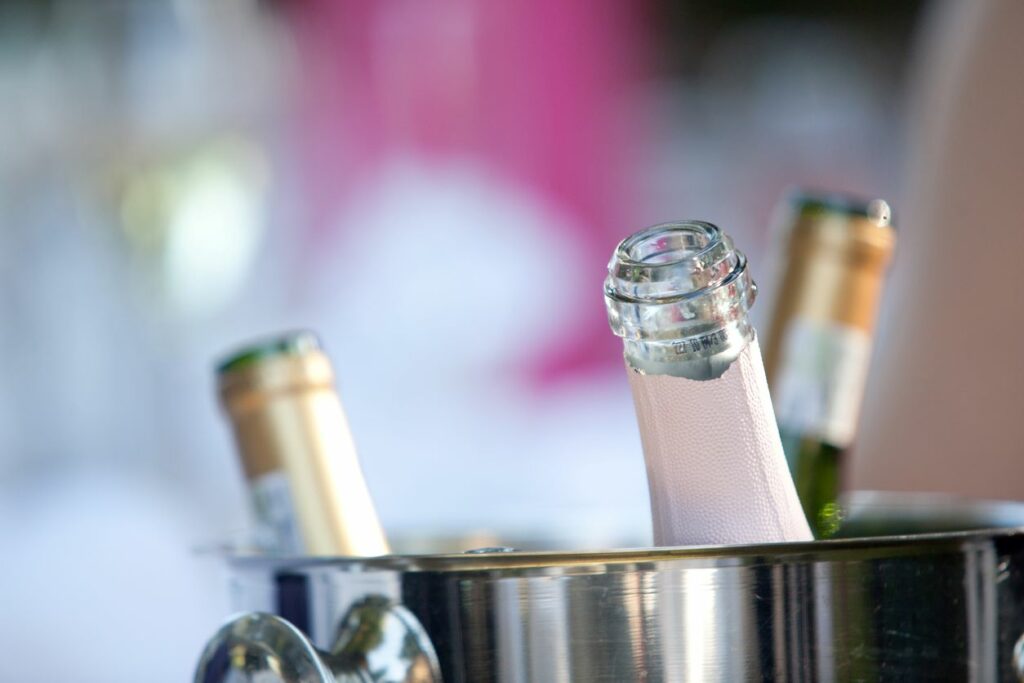
On the other hand, Sancerre offers a more complex flavor profile with hints of citrus. It also shows mineral notes, and sometimes even smokiness. It is renowned for its elegance and finesse. Unlike sauvignon blanc which can benefit from being served slightly chilled, Sancerre achieves its full potential at a slightly warmer temperature around 50-55°F (10-13°C). This allows the wine to exhibit its layers of flavors while maintaining its delicate balance.

Understanding these subtle differences in serving temperature highlights the unique qualities each wine possesses. By adhering to their specific requirements, you can ensure an enjoyable experience that brings out all the nuances and complexities these Loire Valley delights have to offer.
Conclusion
In conclusion, while both sauvignon blanc and Sancerre are made from the same grape variety, there are distinct differences between the two. Sauvignon blanc tends to have a wider range of flavors and styles, with fruity and herbal notes being prominent. On the other hand, Sancerre is known for its crisp acidity, minerality, and vibrant citrus flavors. The terroir of the Loire Valley in France plays a significant role in shaping the unique characteristics of Sancerre. Whether you prefer the boldness of sauvignon blanc or the elegance of Sancerre, exploring these wines can provide an enjoyable journey for any wine enthusiast.

